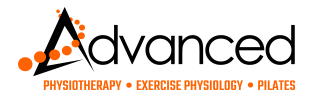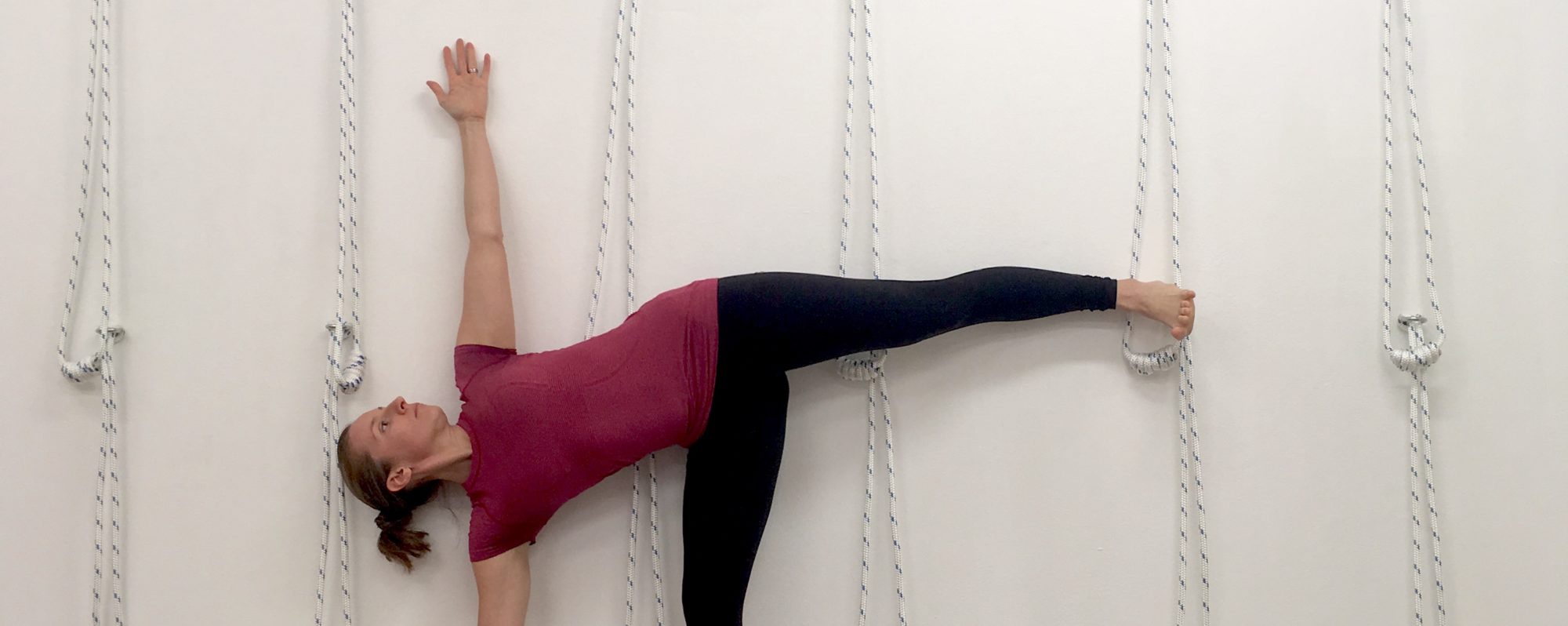This is a guest post from Advanced Physiotherapy in Warners Bay.
.png&wid=500)
The Real Cause of Many Sports Injuries
Why can one person compete in an Ironman triathlon without injury while a person of the same gender and age can become injured from a short run?
Why do so many injuries occur at the beginning of the season?
Why are there sudden increases in injury rates after increasing intensity?
Why do some teams seem more injury-proof than others?
Why in the clinic do we now see more injuries in teenagers that we did 20 years ago?
Two recent articles in the British Journal of sports medicine have highlighted several facts about injury, which may help to answer these questions.
The answer seems to be related not so much to training load/intensity but to how much this load has increased compared to what the athlete is used to.
Slow Steady Adaptation. The human body including the bones, ligaments and other connective tissues is a highly adaptable structure and is capable of changing according to imposed demands.
These changes however occur slowly and result from temporary breakdown in tissue followed by the repair process.
If the repair process is less than the amount of tissue breakdown then injury will occur.
If the amount of stress is way more that the athlete’s tissues are used to coping with then injury will occur.
Repeating the same stresses too often can increase load on tissues, resulting in more injuries.
This is probably what is happening with the early specialisation seen in teenage sport, with children doing the same sport multiple times per week from an early age.
This makes sense in the sense that some people are capable of running an ultramarathon as they have built this up to achieve this due to many years of small incremental adaptations.
Yet you get a recreational athlete who does nothing all winter then has an injury after the first training session of the season.
Implementation. So if training load changes is the key how do we implement this?
One challenge for therapists and sports people is measuring the training loads.
Different surfaces, intensity, durations and other factors some of make it difficult to quantify total training load.
Perhaps an important metric as suggested by Tim Gabbett, is acute: chronic workload ratio.
This ratio describes the acute training workload, for example most recent weeks training workload to the chronic workload (four week rolling average of acute workload).
If chronic workload is high and the acute workload is low in the athlete is considered well-prepared.
Conversely acute workload exceeds the chronic workload in the athletes considered unprepared and likely to increased risk of injury.
One key to injury prevention therefore is to systematically increase workload in small increments only.
This is especially important when returning from injury due to the possible deconditioning of the tissues and the reduced workload prior to returning to play.
It also has implications for rapid spikes in training workload which often occur after other breaks such as holidays or changes in the training routine.
Gabbett states that weekly increases in workload greater than 10% are associated with increase injury risk while smaller increasing workloads result much lower injury risk.

Advanced Physiotherapy are our preferred physiotherapy provider.
Phone: (02) 4954 5330
References
Gabbett, T., Hulin, B., Blanch, P., & Whiteley, R. (2016). High training workloads alone do not cause sports injuries: how you get there is the real issue. British Journal Of Sports Medicine, 50(8), 444-445. doi: 10.1136/bjsports-2015-095567

